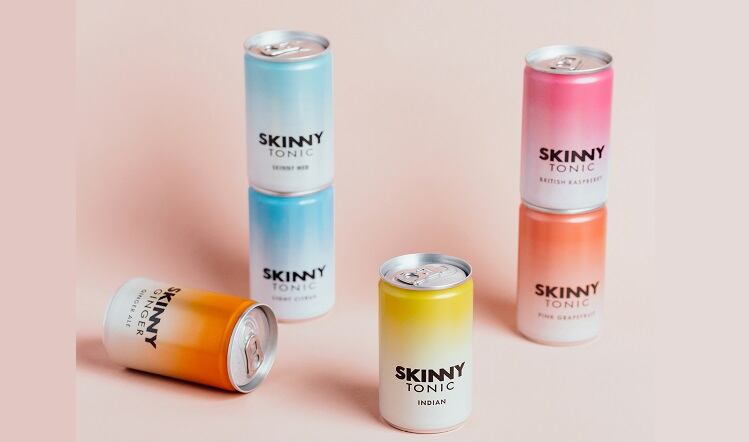The four steviol glycoside production technologies approved by Codex now include stevia leaf extract, steviol glycosides from bioconversion, steviol glycosides from fermentation and glucosylated steviol glycosides.
Over the past five years there have been significant advancements in the stevia ingredient space, said the International Stevia Council (ISC), announcing the development. These had led to the development of the next generation steviol glycosides with a reduced bitterness and licorice aftertaste and an increased clean taste similar to the taste of sugar.
New technologies have revolutionised the stevia industry, enabling the sustainable production of those steviol glycosides – such as Reb M and Reb D – which have a better sensory profile and a cleaner taste but are found in smaller amounts in the stevia leaf. These ingredients had proven to be safe alternatives to sugar and other sweeteners for all populations, the ISC claimed.
'Benefits entire stevia industry'
“ISC was instrumental in getting this new framework approved, which benefits the entire stevia industry,” says Maria Teresa Scardigli, ISC executive director.
“The framework approach ensures that business operators can put steviol glycosides produced through their various technologies on the market without submitting new dossiers, provided they fulfill the defined criteria and specifications per technology.
"This is based on the authorities’ review of the production technology, ensuring the highest level of safety, purity and quality is achieved for the final steviol glycoside ingredient put on the market.”
Drinks the leading category
According to the ISC, demand for stevia continues to grow, with drinks the leading category for new product launches with stevia and sports nutrition, supplements, dairy, snacks and confectionery in significant growth.
"New emerging categories include desserts & ice cream, bakery products and cereals," the ISC stated. "In the past two years, categories such as diet and performance nutrition had stronger growth rates in the US and are growing faster than similar products using other sweeteners, likely as a result of the pandemic.
Citing data from market analyst Innova, ISC stated that Western Europe had also experienced a significant growth of products launched with stevia from 2011-2021, with a ten-year compound annual growth rate of 38%. Of those launches, more than six in ten occurred in five countries: UK, Germany, Netherlands, France and Spain.
Sports nutrition
"In 2021, in Western Europe, a significant portion of the product launches were in the sports nutrition category which took the lead from soft drinks in 2018," the ISC claimed.
"Other leading categories include soft drinks, supplements, confectionary, hot drinks, desserts, ice cream and dairy. Given the growth of this market space, it is likely that the global trend of sugar reduction continues to be top of mind and relevant for consumers."




